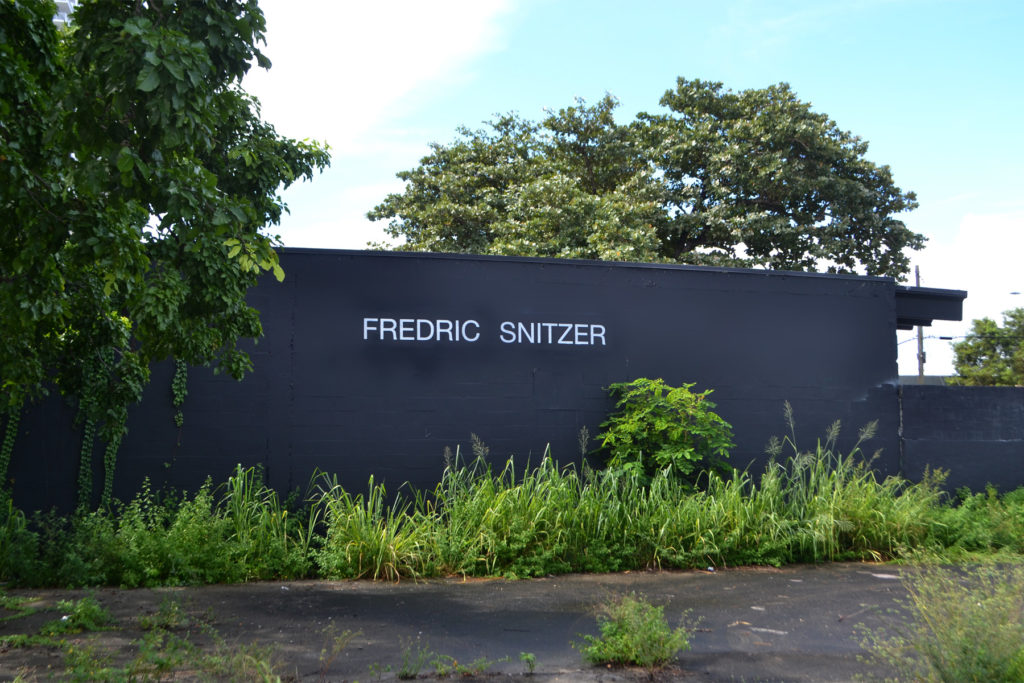
A painter of extensive trajectory and solid academic training, Rocío García is one of the most outstanding voices of contemporary Cuban painting. Her work, since the early eighties of the twentieth century, has brought to the local painting one of the most controversial themes of Cuban society: eroticism and sexuality as tools of liberation and counterpoint to power, norms and coercion.
Her professional experience spent between 1979 and 1983 in the Soviet Union as an art student at the Repin Academy in St. Petersburg -under the instruction of Professor E. E. Moisenko, whom the artist acknowledges as her most important mentor- and her vital connection with the particular artistic atmosphere of St. Petersburg in the 1980s, placed Rocío in an exceptional circumstance that allowed her in an exceptional circumstance that allowed her to train in the strictest academic training, while distancing herself from the conceptual ties of socialist realism followed by other Soviet or Eastern European schools prior to the collapse of socialism. Rocío thus reinserted herself, artistically powerful and personally liberated, in a community of Cuban artists who were also ready in the eighties to purge their own ties.
Without gender affiliations, Rocio’s nude or semi-nude bodies have embodied everything from the ultra-sensuality of geishas to the questioned male virility. And her paintings of sexes (many acephalous) associated with lasciviousness and pleasure, are in fact direct allusions to military castes, double standards, social pressure and ideological massification. Rocio’s works can be defined as a universe of dissident, activist bodies, inescapable and necessary to understand Cuban society, politics and ideology today.
(Cristina Vives, Havana, 2023).


Lázaro States, “ There was a time, in the early and mid-80s, where I became obsessed with the “occult.” I was interested in materializing “that” essence that being invisible, I perceived as fundamental in the manifest interactions during the communication process between human beings or with myself. I then created a code that visualized these non-visible aspects of communication: thought-waves, points-looks, arrows-words. Thus, for instance, in each composition the arrows-words could resignify to refer to speech, dialogue, monologue, treacherous flattery, puffery, verbal stoning, etc.

Fredric Snitzer Gallery has been at the forefront of developing the contemporary art landscape in Miami since it first opened in 1977. One of the early champions of contemporary Latin American art in the United States, the gallery has a long history of exhibiting in-depth presentations by celebrated avant-garde Cuban artists such as Luis Cruz Azaceta, Carlos Alfonzo, Carlos Cárdenas, Tomás Esson, Enrique Martínez Celaya, Mária Martínez-Cañas, as well as José Bedia; among others. The gallery has since expanded its scope to include artists within the broader Caribbean diaspora, such as Vickie Pierre and Rafael Ferrer.
Today, the gallery’s program is diverse, showcasing work from emerging, mid-career and established artists on a local and global scale while maintaining a rigorous schedule that features at least eight rotating exhibitions yearly. Internationally renowned artists on the roster include Tropicália duo: assume vivid astro focus; pop-surrealist painter Kenny Sharf; Land Art pioneer’s Alice Ayock, Jackie Ferrara, and Alan Sonfist; and acclaimed painter Hernan Bas.
The gallery’s artists have exhibited in major Biennial’s such as Venice, São Paulo, Havana, and the Whitney Biennial, among others, and are featured in both private and public collections such as the Brooklyn Museum, Brooklyn, NY; the High Museum of Art, Atlanta, GA; the Hirshhorn Museum and Sculpture Garden, Washington, D.C.; Los Angeles County Museum of Art, Los Angeles, CA; Metropolitan Museum of Art, New York, NY; Museo Nacional de Bellas Artes, Havana, Cuba; Museum of Modern Art, New York, NY; the Olbricht Collection, Berlin, Germany; Pérez Art Museum, Miami, FL; The Rubell Musuem, Miami, FL; Smithsonian American Art Museum, Washington, D.C; and the Whitney Museum of American Art, New York, NY; among many more.
Fredric Snitzer Gallery has participated in art fairs such as Art Basel Miami Beach, Miami Beach, FL; The Armory Show, New York, NY; The ADAA Art Show, New York, NY; , Los Angeles, CA; Zona Maco, Mexico City, Mexico; and Art Basel HK, Hong Kong, China; among others.

Open to all visitors from 11—4 pm. Progressive Art Brunch brings together participating galleries several Sundays throughout the year. The event highlights the current programming at each venue and enables visitors a more intimate look at the exhibitions on view.
Sign-up for our mailing list.
